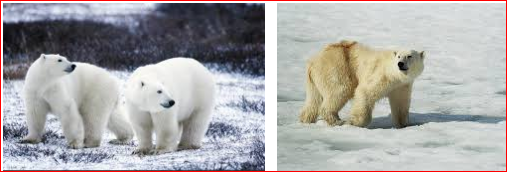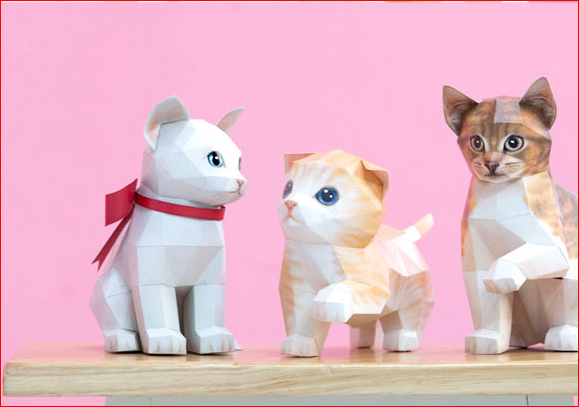Product name : Panda
Material : Eco-friend paper
Package : Box
Components : Assembly Kit 12 sheet, manual
Finished size : (Head) H340 * W310 mm,
Level : 3 hours
Use age : 8 year old
Origin : Republic of Korea
-----------------------------------
About Panda
The giant panda (Ailuropoda melanoleuca, literally "black and white cat-foot"; Chinese: 大熊猫; pinyin: dà xióng māo, literally "big bear cat"), also known as panda bear or simply panda, is a bear native to south central China. It is easily recognized by the large, distinctive black patches around its eyes, over the ears, and across its round body. The name "giant panda" is sometimes used to distinguish it from the unrelated red panda. Though it belongs to the order Carnivora, the giant panda's diet is over 99% bamboo. Giant pandas in the wild will occasionally eat other grasses, wild tubers, or even meat in the form of birds, rodents or carrion. In captivity, they may receive honey, eggs, fish, yams, shrub leaves, oranges, or bananas along with specially prepared food. (https://en.wikipedia.org)
 |
| (https://commons.wikimedia.org) |
The giant panda is a conservation reliant vulnerable species. A 2007 report showed 239 pandas living in captivity inside China and another 27 outside the country.[11] As of December 2014, 49 giant pandas lived in captivity outside China, living in 18 zoos in 13 different countries.[12] Wild population estimates vary; one estimate shows that there are about 1,590 individuals living in the wild, while a 2006 study via DNA analysis estimated that this figure could be as high as 2,000 to 3,000. Some reports also show that the number of giant pandas in the wild is on the rise. In March 2015, Mongabay stated that the wild giant panda population had increased by 268, or 16.8%, to 1,864 individuals. In 2016, the IUCN reclassified the species from "endangered" to "vulnerable" (it did not believe there was enough certainty yet to do so in 2008). (https://en.wikipedia.org)
 |
| https://commons.wikimedia.org |







































